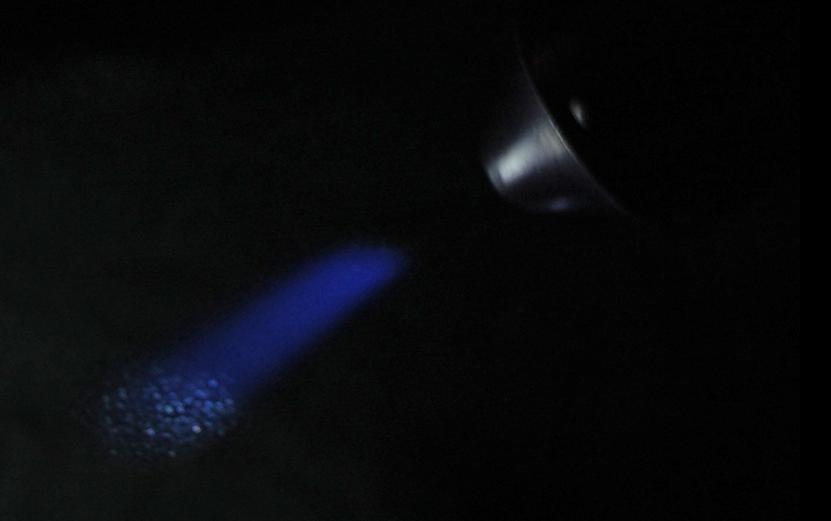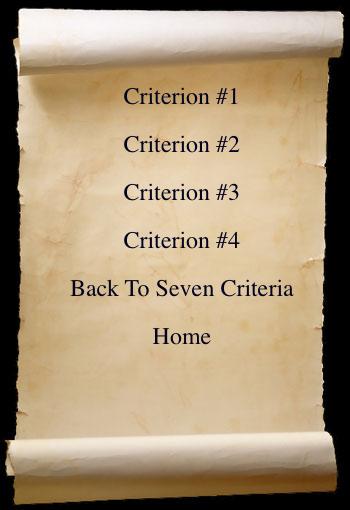Criterion #1- The polished surface will have essentially a laser specification finish, that is, a scratch-dig of 10-5 or better
The photograph below is of a surface polish test of a primary mirror. A high intensity halogen beam with a 1/8” diameter source is introduced at a 45 degree angle just above the surface of the polished glass. What are seen in the photo is the head of the light source (upper right), a shaft of light penetrating the glass, and the back of the mirror (lower left). |
||
 |
||
The reason the light is seen at all is because the glass (in this case, Pyrex) is internally reflecting the light due to its composition. This is a very sensitive test, where we are comparing the surface scatter to the internal glass scatter of the high intensity light. What is important to note is, the surface of the mirror is not visible.
Why is this important? Because anything seen on the surface indicates scatter, to some degree. And scatter reduces contrast.
Over the years we have tested about a dozen different premium polishing compounds, and have also consulted with another optical company who was paid by an industrial client to test ten different premium polishes. We both both came to the same conclusion in our testing. Although all compounds provide a good polished surface, only one of those we tested provided this level of performance. And when we actually use this polish, we dilute it from 125:1 to 250:1 with water for finish polishing, and from 500:1 to 1,500:1 depending on glass type, for figuring of the finished mirror. That is how we get the surface shown in the photo. This is the first criterion for every Zambuto mirror produced today, and that is, functionally zero surface scatter with respect to the polishing compound |
||
 |
||